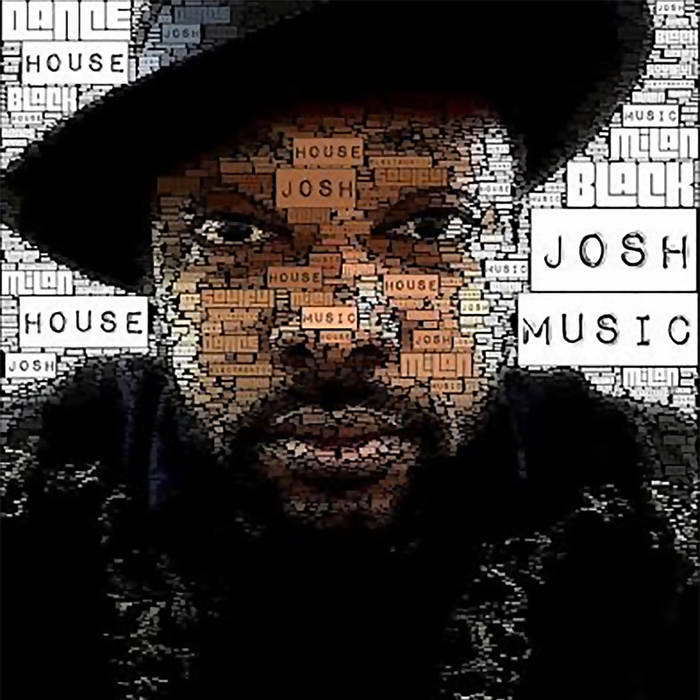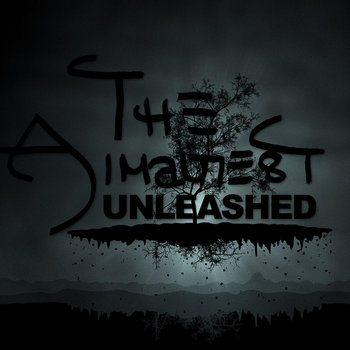
Written by Alan Cross — I hate to say it, but I called this one. When the “Blurred Lines” verdict came down–the one saying that Robin Thicke and Pharrell Williams violated the copyright of Marvin Gaye’s “Got to Give It Up” simply by writing a song with a similar feel and vibe–I fretted that this would open the doors to all kinds of lawsuits. Ambulance-chasing copyright lawyers would team up with acts from the past to sue for infringement just because a contemporary song sounded vaguely like one of theirs. Other artists, fearing litigation, would proactively settle any possible claims–which is exactly what happened with the Bruno Mars/Mark Ronson hit, “Uptown Funk.”
And the “Uptown Funk” troubles aren’t over yet. From Pitchfork:
Now “Uptown Funk” is facing another “Blurred Lines”-style challenge over its authorship. A lawsuit filed last month claims “Uptown Funk” lifts key elements from Minneapolis electro-funk band Collage’s 1983 single “Young Girls.” The “Blurred Lines” verdict was a big deal because it raised questions about inspiration and vibe—when does homage cross over into plagiarization? Collage’s case against “Uptown Funk” could move this line to new extremes, potentially stifling the very creativity that copyright law is supposed to protect.
While popular music has been recycling itself more and more over the past two to three decades, intellectual property has become more important to the music industry as a revenue source, says Kembrew McLeod, a communications professor at the University of Iowa. The “Uptown Funk” case seems to be a symptom of those dual trends. “We’re basically heading down a path where people are getting sued over imitating styles, or sensibilities,” McLeod says. “If we continue down this path, the music industry is going to litigate itself to death.”
The whole music industry is now paranoid. This isn’t good for anyone except lawyers and musicologists-for-hire, of course.
Click here to read more from this article's source.












































